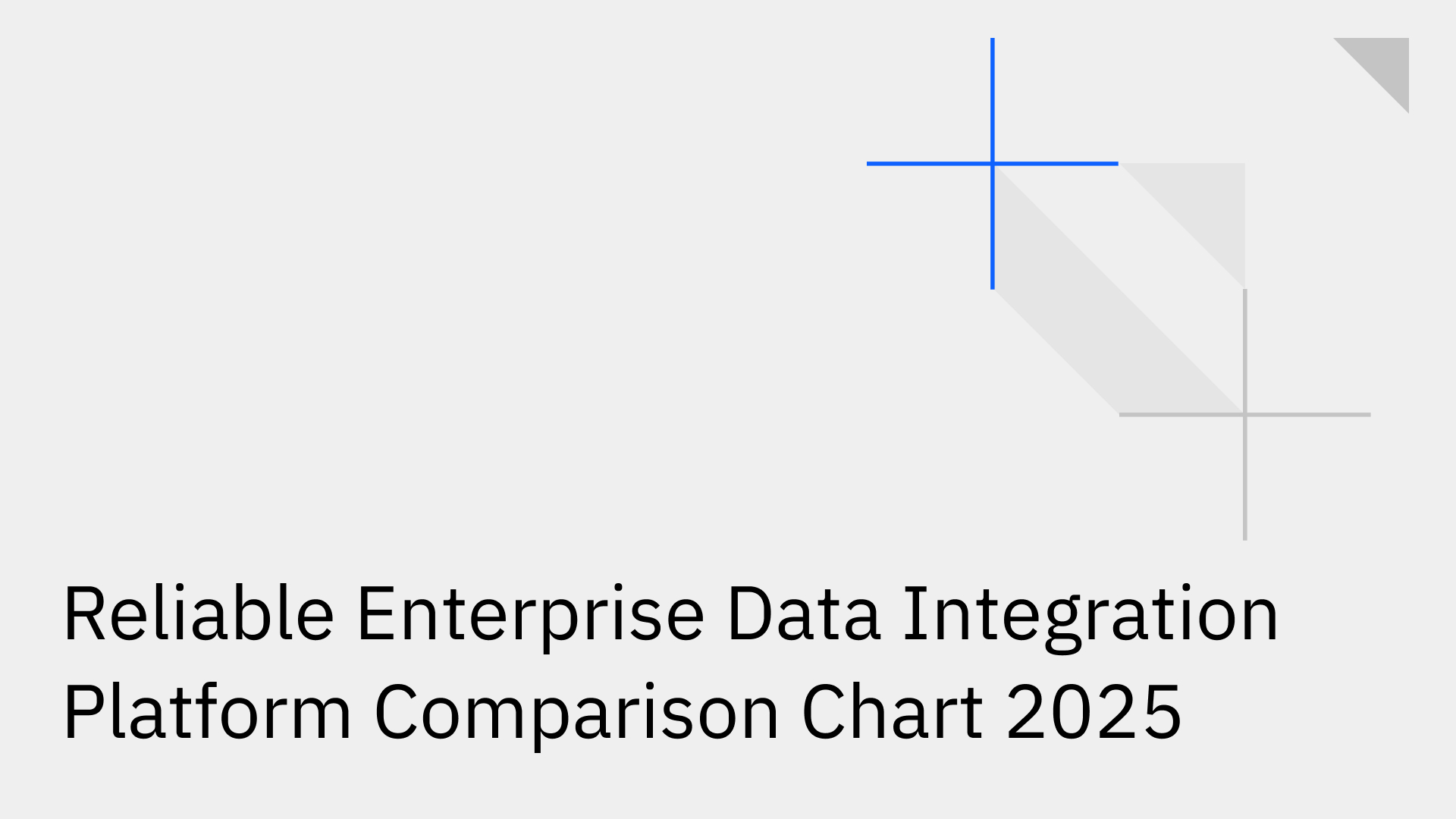
In today's enterprise environment, data is fragmented across a growing number of specialized systems—CRMs, ERPs, production databases, and SaaS applications. This fragmentation creates significant technical and operational challenges, including data silos, inconsistent information across departments, and reliance on brittle, custom-coded integrations. The result is operational inefficiency, delayed decision-making, and engineering teams bogged down with maintaining "dirty API plumbing" instead of building core product value.
Data integration platforms are designed to solve this problem by connecting disparate systems. However, the market is saturated with tools built for different purposes. Traditional ETL/ELT platforms are optimized for one-way data warehousing for analytics, while generic iPaaS solutions can introduce unnecessary complexity for specific operational needs.
This guide provides a technical comparison of leading data integration platforms for 2025. We will analyze their core capabilities, primary use cases, and architectural models to help engineering and data leaders select the most reliable and efficient solution for their specific integration challenges.
Before comparing tools, it is critical to understand the technical criteria that define their performance and suitability for your use case.
This chart provides a high-level overview of prominent data integration tools, highlighting their primary function and architectural approach.
While the chart provides a quick summary, a deeper look reveals critical differences in architecture and purpose.
Informatica is an established leader in the enterprise data integration market. Its cloud platform, IDMC, offers a comprehensive suite of tools for data integration, quality, governance, and master data management. It is designed for large enterprises with complex, hybrid, and multi-cloud environments that require robust, high-performance ETL capabilities [1]. While powerful, its complexity often requires specialized teams and significant investment.
Jitterbit's Harmony platform is a low-code Integration Platform as a Service (iPaaS) that combines integration and API management. It is designed to accelerate the connection of SaaS, on-premise, and cloud applications using pre-built templates and a graphical interface [3]. It supports both real-time and batch processes, offering flexibility for various business automation needs across hybrid IT environments [4].
A critical gap exists between analytics-focused ETL/ELT tools and generic iPaaS platforms. The core operational challenge for most businesses is not just moving data for analysis, but ensuring data is consistent and available in real-time across the live systems that run the business. When sales data in your CRM doesn't match financial data in your ERP, operations grind to a halt.
This is the problem Stacksync is purpose-built to solve. It is an operational data synchronization platform designed for real-time, bi-directional data consistency.
Unlike platforms that offer two separate one-way syncs masquerading as bi-directional, Stacksync provides true bi-directional synchronization with built-in conflict resolution. This ensures that when data is updated in Salesforce, it is reflected in NetSuite and your production PostgreSQL database in sub-second time—and vice versa.
This architecture eliminates the core issues of data inconsistency and latency that plague business operations. Key technical capabilities include:
By focusing exclusively on operational synchronization, Stacksync empowers organizations to build reliable, real-time data flows that power their core business processes. This contrasts sharply with ELT tools, which are designed for analytics, and generic iPaaS platforms, which can require complex workflow builds to replicate a fraction of this functionality.
Selecting the right tool requires a clear understanding of your primary technical objective.
The data integration landscape is no longer one-size-fits-all. The distinction between moving data for analytics and synchronizing data for operations is critical. While traditional ETL/ELT and iPaaS platforms have their place, they are not optimized for the challenge of maintaining real-time data consistency across core business systems.
For enterprises where data accuracy directly impacts revenue, customer satisfaction, and operational efficiency, a new category of operational data synchronization platforms provides the necessary reliability, performance, and speed. By evaluating solutions based on their core architecture—unidirectional vs. bi-directional, batch vs. real-time—technical leaders can choose a platform that solves their specific problem, empowers their teams, and provides a scalable foundation for growth.